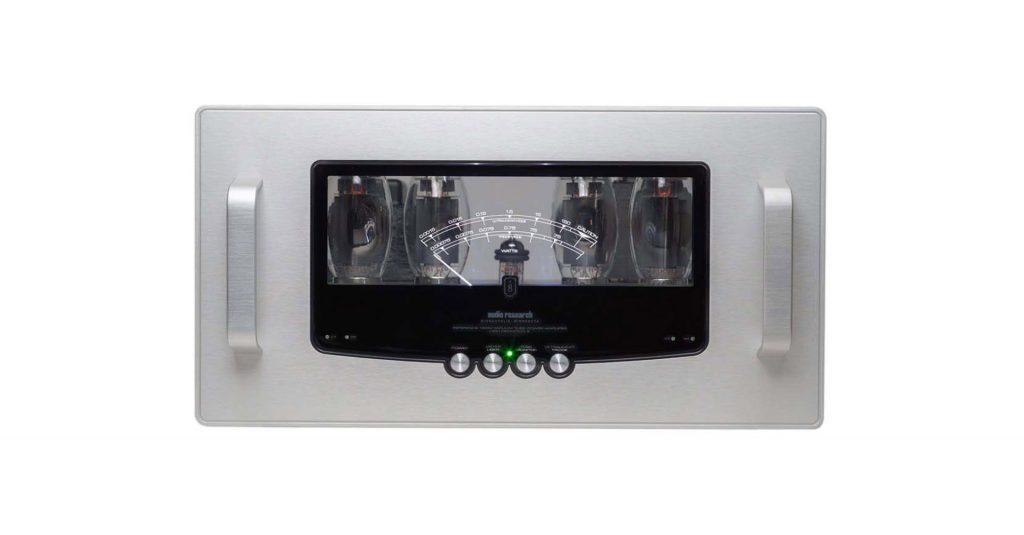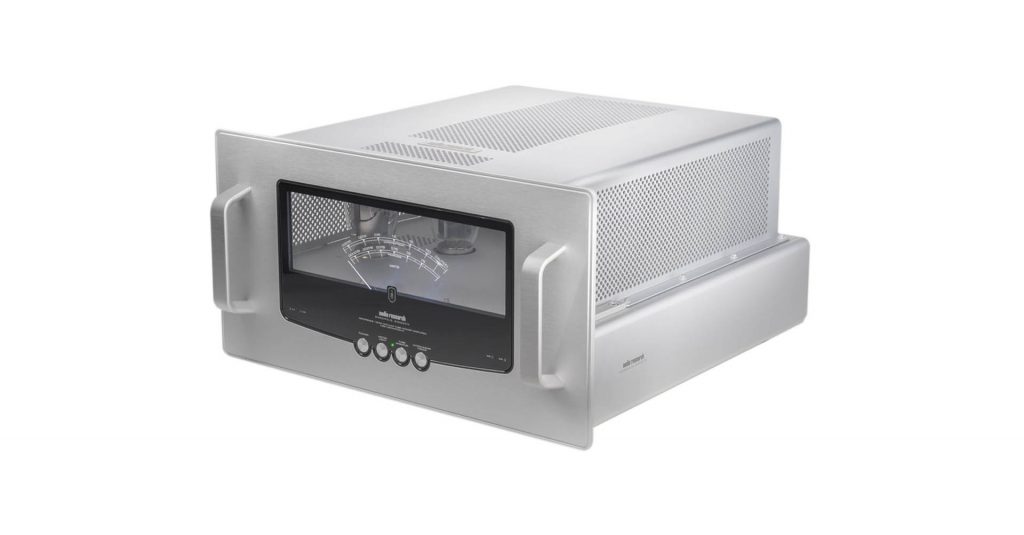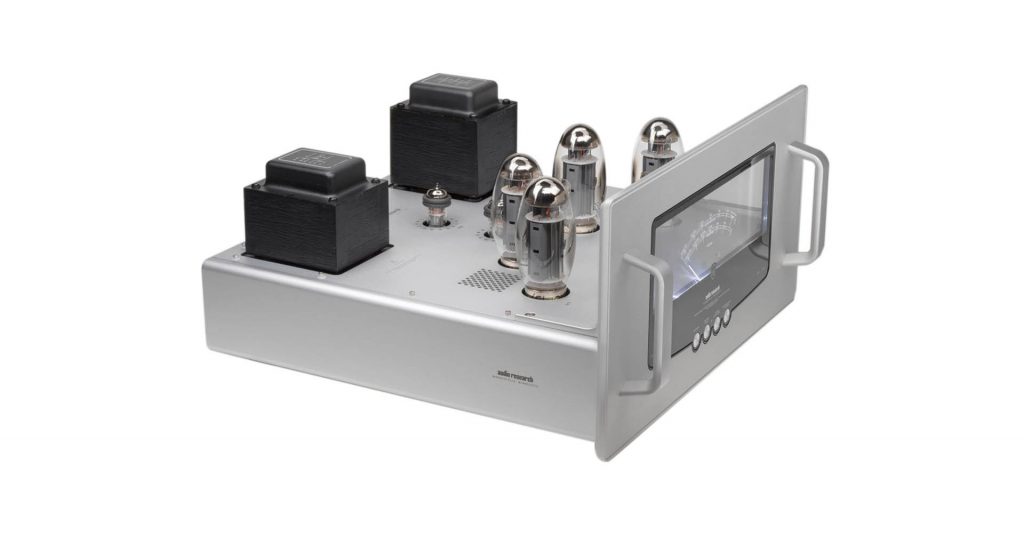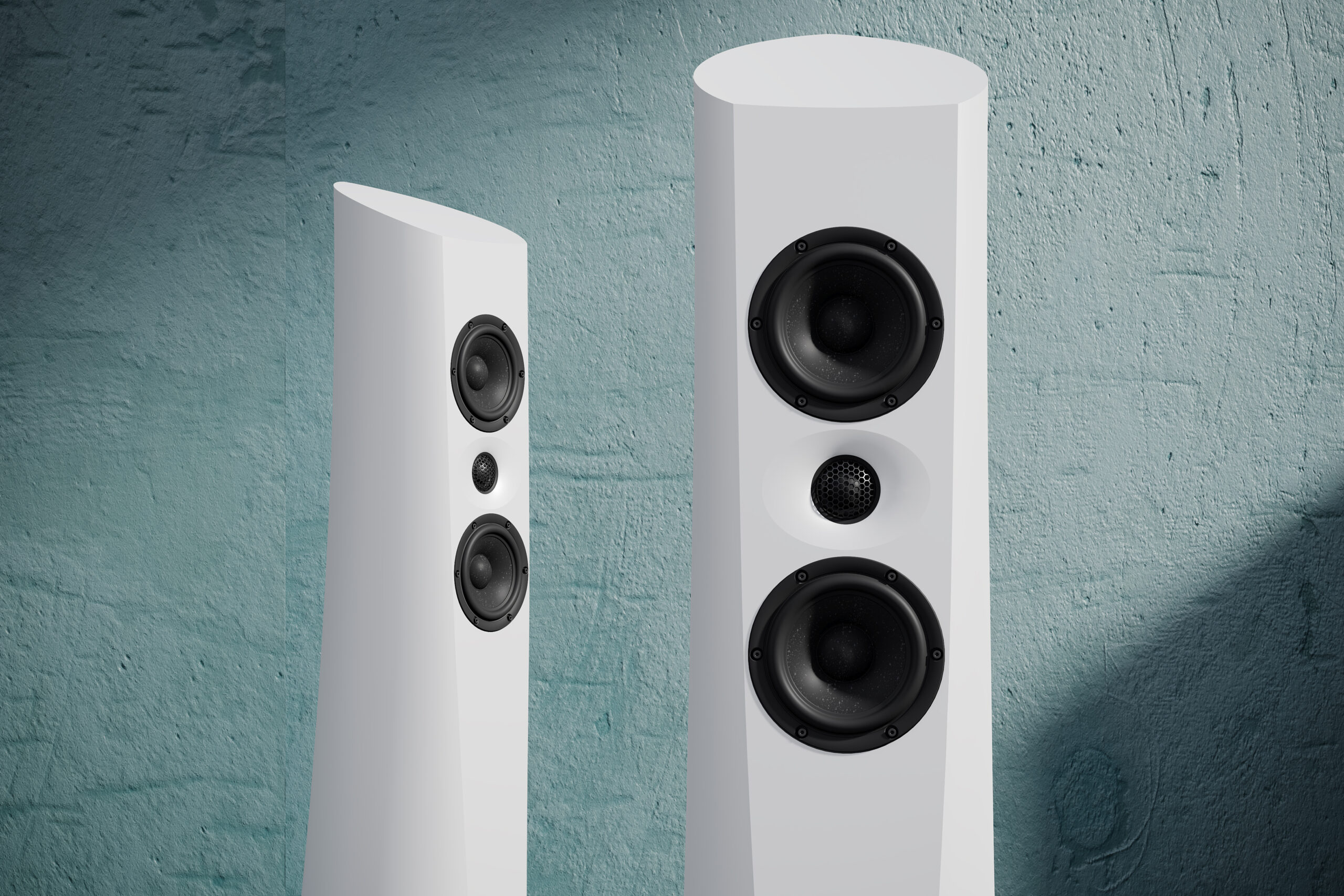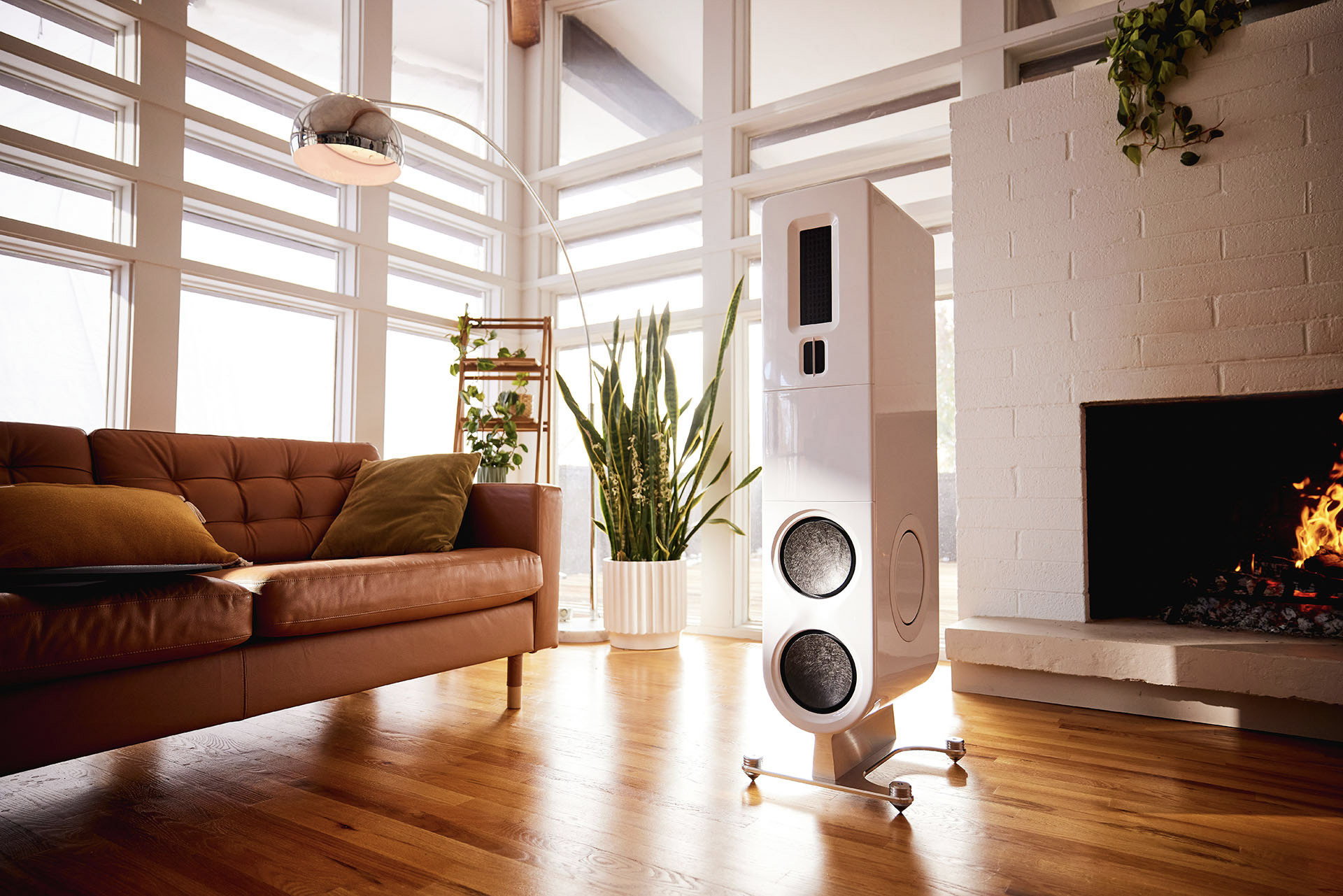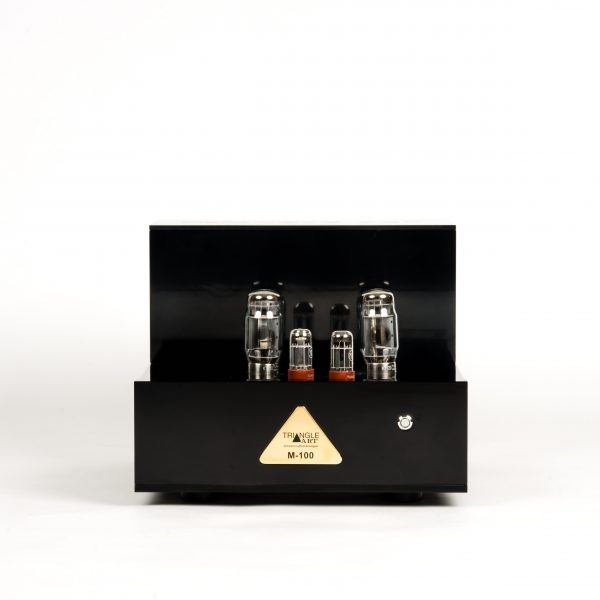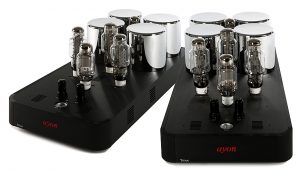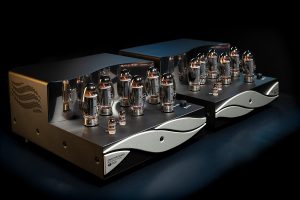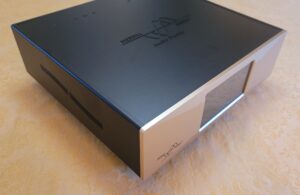Even after two plus decades of reviewing, there are a few major brands that have largely eluded me. Whether it's been a timing issue, system need, personal bias, (I'll get into that more later), or I just haven't been in proximity of the brand. For me, up till a couple years ago, one of those brands had been Audio Research. I was able to land a DAC9 for review that I absolutely loved. I still rave bout it to whoever is willing to listen. I'm also fortunate enough to live around the corner from the WOM (World Of McIntosh) townhouse which is filed with all things Audio Research (the Macintosh group owns Audio Research) and gratefully I've grown far more intimate with the brand.
William "Bill" Zane Johnson founded Audio Research in 1970 after nearly 20 years running a specialty audio store in south Minneapolis. All the while Bill would design bespoke amplifiers for his most discerning customers. There was a brief stint from 1968 -1970 when he sold his patents and designs to another company for which he worked full time. But Bill quickly realized he wanted it all back and to work for himself. So out came the check book, he purchased back the whole lot of intellectual property, and Audio Research was born. Apart from McIntosh, I cannot think of a longer run in high end specialty audio.
Despite loving the time I spent with the DAC9, deep in my audiophile soul I'm an amp man. I have always enjoyed reviewing amps above all other components in a system. So it would stand to reason that an Audio Research amplifier would make its way into my system. I'd finally be able to live with tube amplifiers from the brand that has inspired a devotion from audiophiles that has outlasted far too many manufacturers to count.
Typically, I tilt towards very large and powerful solid-state amps. I have a very large room, 33' x 60' x 14', and lower powered amps, be it tube or solid-state for that matter, just can't cut moving all that air. I have also been a bit skittish about living with tubes in general. But having had the opportunity to hear the previous generation mono amps from Audio Research on the Sonus Faber Aida 2 at its launch at the WOM Townhouse, I knew I had to make my move and secure the latest from Audio Research.
Sporting a very tasteful face lift thanks to Livio Cucuzza, Chief of Design for both Sonus Faber and Audio Research, the first thing that locks in your gaze are the transparent power out-put meters that appear hologram like in the window on the face-plate. This allows the tubes to be in full view straight through the other worldly meters. Very cool stuff. The overall look is equal parts nod to the past, and eyes fixed towards the future. The amps put out 140-watts per channel, begging the question, why 160M? While the 160M's minimal power is is rated at 140-watts, that number is conservative and largely based on the quality of power it is fed. Have a dedicated 20 amp line? That rating goes up. That simple. The tubes, Russian KT-150s for power and 6H30s for the gain stage, were easily secured to the fairly compact chassis. The 56 lb per side weight was a huge relief from hauling around the nearly 200 lb per side Pass amps. There are 16, 8 and 4 Ohm taps around back, I settled on 4 0hms, and a dead silent fan inside the top cage. The amps are auto biasing at the push of a button, something I much prefer, being as lazy as I am. I re-secured the top cage, placed the amps upon the Bassocontinuo stands, and pushed them into place. I did replace the stock power chords with MIT Oracle Z-Chord Reference power chords, that did make a noticeable gain in smoothness, tonal color, bass depth, and control. I was also able to add the MIT PMC Power Management Console to the system, of which I will have far more to say about in a coming review.
I hit the on button, and on they went. That's always a relief after adding a new amp to the system. A blinking green light lets you know they are cycling through the startup, it takes about 20 seconds for the ready. The ability to switch from ultra-linear to triode is a button push away. Despite all three of my speakers being rated with efficiency in the 90s, I found the ultra-linear mode more ideally suited to my musical tastes, but I can't say there was a huge difference in sound between the two until you pushed the volume, and the 70-watt triode mode would run out of gas a bit quicker.
I didn't want to push the 160M too hard for the first couple days, but my urge to rock overtook me around day three. On went Billy Cobham's Best Hits on the VPI Avenger Reference, and I let it fly. The PBN M2!5s I had in for review, with their 2-15" drivers per side, offered the 160Ms a great platform to show what 140-watts of tube power per channel can do. I also used the Lansche 4.1, as well as the huge Sunny Cable H3W15s. My reference preamp is the D'Agostino Momentum. Amps are Pass Labs XA200.5, and briefly the new Gryphon Antileon EVO stereo amp. Digital supplied by the McIntosh MB50 streamer, and analog thanks to the outstanding VPI Avenger Reference, Ortofon Windfeld MC Ti cartridge, and the Boulder 508 phono stage. All wiring is MIT Reference.
After years of some of the best solid-state power money can buy finding their way in and out of my system, I found the 160Ms did an outstanding job of controlling the woofers and pushing forth the immense power captured in the grooves of Cobham's Best Hits record, but I'll get back to power and control in a moment. The real strengths of the 160Ms are realism by way of textural detail, tonal color, and vivid imaging in deep open space. These qualities offered up by the 160M are on par with the best. The resolution found from top down through the mid-band is not lost in the low bass. Transient speed, micro levels dynamics, and texture, be it Cobham's pedal striking the bass drum, or the low electric bass found on Stanley Clark's East River Side Drive, to the acoustic bass on Brian Bromberg's Wood, the 160Ms reveal a whole 'nother level of detail. Are they as center of the earth grounded and sculpted as, say, the solid-state Gryphon Antileon EVO stereo amp is? Or the Pass labs XA200.5 mono amps? No. But with the attributes mentioned above, the Audio Research 160Ms do separate themselves from the crowd, and will appeal to those who value these attributes above all else.
To my ears, I have rarely heard as transparent and deeply detailed presentation from an amp. With the 160Ms, and Ref 6 preamp which made an appearance mid way through the review, the ability to hear all the way through and into the far reaches of a recording is astounding. Waves of layered sound decays to the deepest corners of soundstage, yet remain illuminated plainly. The slightest inflection, be it instrumental or vocal, takes on greater prominence. This brilliant performance is promised right there in the branding, "Audio Research-High Definition," and boy they are not kidding. A rare occurrence where the performance truly delivers on the promise of the marketing.
Now we are getting to the soul of the 160M. The heart of the mid range and into the treble. I have grown very used to the slightly darker stylings of the above mentioned Gryphon and Pass amplifiers. By comparison, I'd call the 160Ms vivid. Not bright or edgy at all, perhaps a bit more forward, but I prefer the term vivid. Like the DAC9 with the presence it offered up when connected to the McIntosh MB50 streamer. Through the amplifiers the effect is more pronounced. The sense that musicians were in the room was heightened. The combination of effortless rendition of space, detail, and inflection coupled to the lightly illuminated tonal balance created great intimacy, a kind of tactile nearness and connection to the music. The cracks and crevasses within the sound field are flooded with light. This served the analog pressing of the Game of Thrones soundtrack very well. The space between the musicians, and deep into the action and texture the instruments, came into view. The one thing these amps don't do is homogenize anything within the sound field. The orchestra really came to life yet remained complex and very true tonally. No matter what I threw at the 160M instrumental timbre was rendered very lifelike. I was beyond over the moon watching my 14 year old son play his French horn with the NY Symphony Orchestra as they honored Cyndi Lauper and her music this past May (her voice has really held up as has guest star Boy George's). Sitting in the second row center at Carnegie Hall, beaming with pride was thrilling and reminded me in no small measure of the experience offered by the 160M.
The longer I indulge in investigating audio components, the broader my perspective grows. My tastes have evolved, and my biases have diminished. This goes for all aspects of a system, be it speakers, sources, and in this case, amplifiers. My final frontier is low powered SET amps, but that is another issue. That aside, I have largely become a fan of it all. And now, having finally lived with such an exalted tubed amplifier in the Audio Research 160Ms, I really, deep down in the monkey brain, get why folks love tube amps. Timbre, resolution, space, macro dynamics, and liveliness all come together with the Audio Research 160M. Also, Audio Research has been around for 50 years and are only growing, which is no small point. They must be doing as well as any one in the business based on their longevity alone. With that comes customer service and a dealer network that ensures a far more secure relationship with the amplifier and the company.
If asked what amp I'd take of those mentioned in this review, "One of each please" would be my glib answer. But if answering sincerely, the160M could easily find its name on one side of the coin I'd have to flip if forced to make that decision today.
160M amplifiers
Retail: $30,000 a pair
Audio Research




